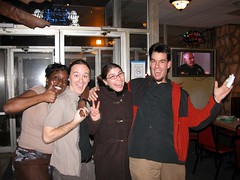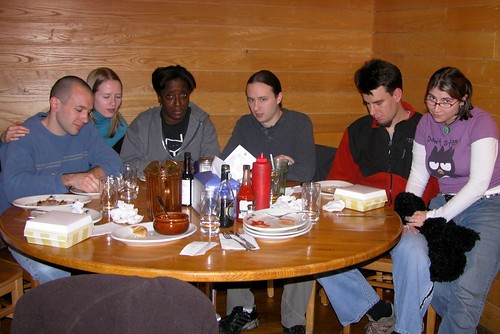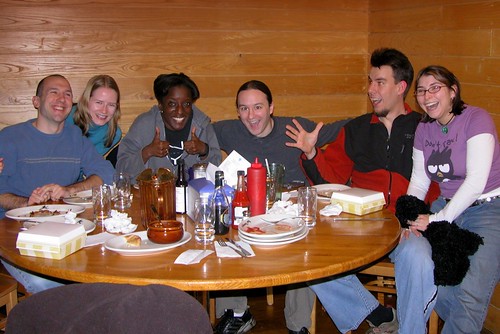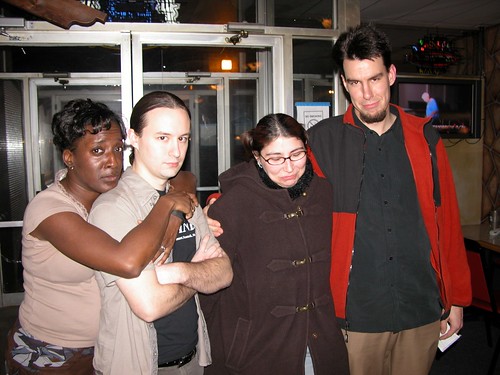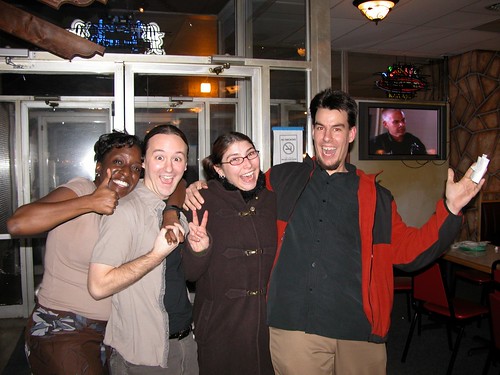This site is just a humble blog where I write a bit about programming, design, usability, and other topics I’m interested in. It’s nice that I get some readership and few few good comments now and again but I don’t have any real financial stake here, and I’m definitely not interested in trying to spam anyone, send them spyware, etc. So imagine my shock when I noticed that my blog comes up with a warning, “This site may harm your computer.”
This comes up in various places including Firefox 3 and Google searches. Obviously no one is going to follow a link to my site with such a disclaimer. So where did it come from and what did I do to clear my sites good name?
The disclaimer comes from the findings of StopBadware.org, an effort that I had heard about in the past but hadn’t really looked into. It sounds like a great idea – it’s very difficult for users to investigate every single link they might click on, and some spyware and adware is hard to see before it’s too late. So Stopbadware.org is a sort of neighborhood watch for the web.
How did my site end up on the list? There are a number of possibilities, so the first step is to check StopBadware.org to see what they found. Follow this link to search for your URL. Make sure you search for your root domain, in my case jasonmorrison.net. Some subdomains or directories might show up with a report while others are still considered clean. This confused me for a while.
Once you see the details there it’s time to hunt for problems. If you have anything more than a simple, static site this can be more difficult than it might first seem. My site uses WordPress and allows user comments. A bad link to show up in a comment, or someone may have hacked the site using a known vulnerability. It looks like it was the latter in my case, but I’m getting ahead of myself. How do you find the bad link?
There are lots of tools to find incoming links to your site, but I’ve only found one so far that checks outgoing links, at Bad Neighborhood. Don’t blindly rely on this tool, but follow up on any links that you don’t recognize having put there yourself. I found a link in the middle of a post from a month or so ago to some spammy German site.
How did the link get there? I don’t think my site was hacked wholesale (or if it was, they were very subtle about it). More likely someone took advantage of my laziness as upgrading WordPress and used a known security exploit.
Now that we’ve found and removed the offending link and plugged any known security holes, it’s time to try to get the stigma removed. Follow the link to the StopBadware.org request for review page and fill out a request. If the badware report came from one of their partners, you may have to follow up with them as well. I’m still waiting to here back on my review, I’ll post an update when I know more.
Hopefully this has been helpful. Let me know if you have any questions or suggestions in the comments below.
